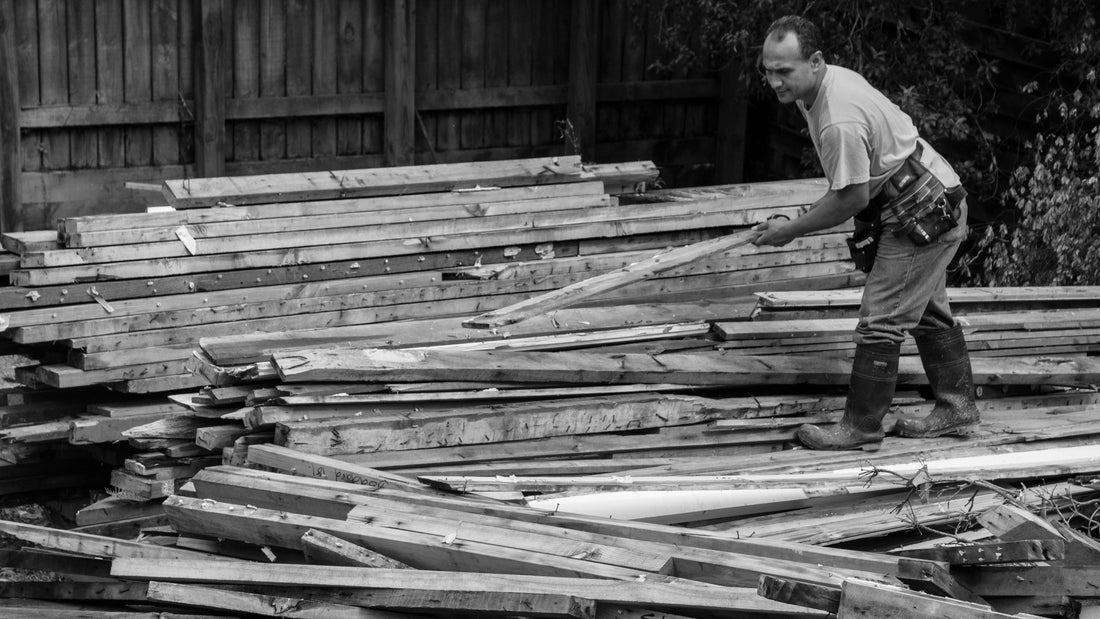Rimu, also known as ‘red pine’, is one of New Zealand’s most popular native timbers. Māori used this wood to build canoes, tools and weapons and its gum was applied for medical purposes. In the early 20th Century, post-European settlement, rimu trees were extensively milled, valued both in the housing industry for its hardness and density, as well as the furniture industry for its exceptionally beautiful wooden grain. Because of this excessive logging, after housing construction materials shifted in the 1970s, rimu became a protected species.
The crown of an old mature rimu Westcoast, South Island.
Late 18th Century Maori One-Piece Shark Hook made of one piece of wood, most likely rimu.
(Webster Collection Y15601. Photo by Dunbar et al).
In 1916, the Mountain Rimu Timber Company was operating in the Mamaku area,
south of the Kaimai Range near Rotorua. In the background are steam hauliers, used to shift logs.
Cut-away view of a typical villa of 1900
(redrawn from Old New Zealand Houses 1800–1940 by Jeremy Salmond).
At present, construction and demolition waste makes up 40-50% of Aotearoa, New Zealand's total waste going to landfill, with 20% of the total construction waste being timber (
source). This includes rimu timber coming from older demolished or renovated homes that would go directly to landfill. Through collaboration with a local salvage yard, we repurpose this rimu timber from these old houses, giving it a second life.
Our use of rimu represents more than just a timber native to New Zealand's flora with an extensive cultural heritage, having served great utilitarian purposes. It signifies a meaningful contribution towards environmental sustainability and serves as a unique way to infuse vernacular elements into everyday spaces.












